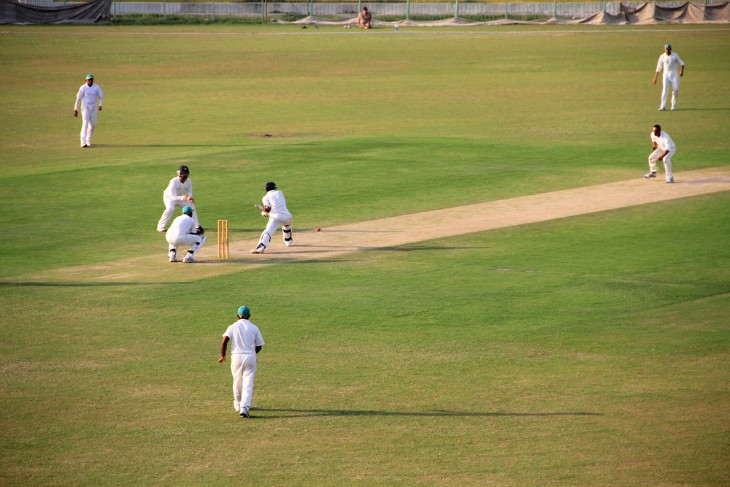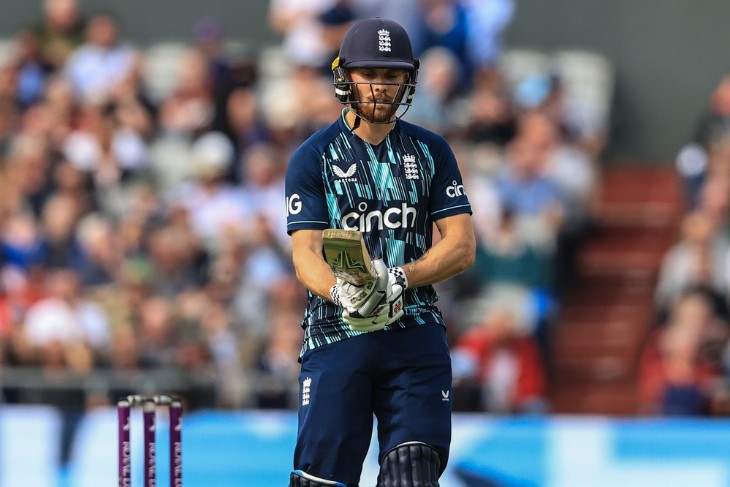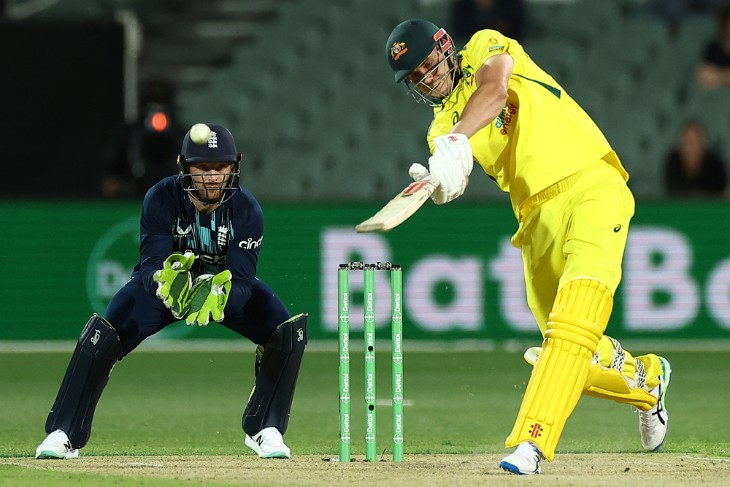- The Origins of DRS
- What is drs in cricket: Basic Principles
- The Role of Umpires in DRS
- Technology Behind DRS
- The Hawk-Eye System
- Reviewing Decisions: Rules and Challenges
- Impact of DRS on Cricket
- Criticisms and Controversies Surrounding DRS
- DRS in International Cricket
- DRS in T20 and Domestic Cricket
- Conclusion
The Origins of DRS
The Decision Review System (DRS) in cricket has its roots in the need for a more accurate adjudication of on-field decisions. Its development and eventual implementation came about after a series of discussions within the International Cricket Council (ICC) and trials in the early 2000s. The objective was to reduce the instances of incorrect decisions made by on-field umpires, which could significantly impact the outcome of matches. It was officially introduced to international cricket in 2009, marking a significant shift in the way the game was officiated.
What is drs in cricket: Basic Principles
So what is drs in cricket? At its essence, DRS is a tool designed to uphold the principles of fairness and accuracy in cricket. It offers teams the opportunity to challenge on-field decisions they deem erroneous through the use of advanced technology. Several key components constitute the DRS system, including ball-tracking technology, Hot Spot, Snickometer, and the Hawk-Eye system.
When a decision is referred to DRS, it undergoes a meticulous review process to ascertain its correctness. This process involves a range of camera angles, sensors, and sophisticated algorithms. The primary goal is to make precise judgments about the trajectory and movement of the ball, leaving minimal room for errors. By incorporating these technological aids, DRS aims to eliminate or, at the very least, reduce human error from the decision-making process, ensuring that the outcome is as accurate as possible.
The Role of Umpires in DRS
In the Decision Review System (DRS) of cricket, the role of on-field umpires remains pivotal. Umpires are responsible for making the initial decisions regarding various aspects of the game, including LBW (Leg Before Wicket) appeals, catches, and the validity of deliveries. However, with the advent of DRS, their authority has been complemented by technology.
Umpires play a crucial part in initiating reviews by signaling for DRS when there are doubts about a decision. They also continue to make the initial judgments, which can be upheld or overturned based on the evidence presented by DRS technology. This collaboration between human umpires and technology ensures that the final decision is as accurate as possible, maintaining the balance between traditional officiating and modern technology.
Technology Behind DRS
The Decision Review System (DRS) relies on a sophisticated array of technology to deliver precise and reliable outcomes. The technology employed includes ball-tracking systems, Hot Spot, Snickometer, and the Hawk-Eye system, each serving a distinct purpose in the review process.
Ball-tracking technology utilizes multiple camera angles and sensors to trace the trajectory of the cricket ball from the bowler's hand to the point of impact with the batsman or the stumps. It provides valuable insights into whether the ball would have hit the stumps or not in LBW decisions. This information is crucial in determining the fate of an appeal.
Hot Spot employs thermal imaging cameras to detect heat generated by friction when the ball makes contact with the bat or pad. This aids in identifying edges and impacts, particularly in cases of low catches or faint edges.
Snickometer, on the other hand, uses sensitive microphones to capture sound and analyze audio cues. It helps in detecting whether the ball grazed the bat or the pad, which is essential in LBW and caught-behind appeals.
The Hawk-Eye system is perhaps the most well-known component of DRS. It employs a combination of cameras and computer algorithms to recreate the ball's trajectory, providing a visual representation of whether the ball would have hit the stumps. This visual aid is often used in LBW reviews and is familiar to cricket fans worldwide.

The Hawk-Eye System
Within the Decision Review System (DRS) in cricket, the Hawk-Eye system is a critical component that plays a substantial role in assessing the accuracy of on-field decisions. Developed by a British company, Hawk-Eye employs a combination of high-speed cameras and computer algorithms to track the trajectory of the cricket ball.
Hawk-Eye's functionality lies in its ability to provide a visual representation of the path the ball would have taken after pitching. This is particularly relevant in LBW (Leg Before Wicket) decisions, where determining whether the ball would have hit the stumps is paramount. By creating a virtual reconstruction of the ball's path, Hawk-Eye assists both on-field umpires and teams in reviewing decisions with precision.
The Hawk-Eye system has become an integral part of cricket broadcasting and analysis, offering viewers and players alike a detailed insight into the dynamics of each delivery. Its contribution to the DRS system has significantly enhanced the accuracy of decision-making in the sport.
Reviewing Decisions: Rules and Challenges
While the Decision Review System (DRS) brings a higher degree of accuracy to cricket, it operates within a set of rules and guidelines to maintain fairness and balance. Teams are allowed a limited number of reviews per innings, typically two or three, depending on the format of the game.
To challenge a decision, teams must act swiftly and signal their intent within a specified timeframe. The use of DRS is limited to specific types of decisions, such as LBW, caught behind, and more, and not all on-field calls can be reviewed.
Challenges also come with a degree of risk. If a review results in the on-field decision being upheld, the reviewing team loses a review for that innings. This tactical aspect adds an additional layer of strategy to the game.
Furthermore, the accuracy of DRS technology itself can sometimes be a subject of debate, leading to discussions and controversies. Calibration and calibration errors, the tracking of spin deliveries, and issues related to ball impacts on various surfaces are some of the challenges faced by DRS.
Impact of DRS on Cricket
The introduction of the Decision Review System (DRS) has brought about significant changes in the dynamics of international cricket. One of the most prominent impacts has been an increase in the accuracy of decision-making. DRS has provided players with the means to challenge on-field decisions, reducing the chances of incorrect calls affecting match outcomes.
Additionally, DRS has added an element of drama and suspense to the game. The strategic use of reviews by teams, especially in critical situations, has become a captivating aspect of modern cricket. Players and fans eagerly anticipate the outcome of reviews, making it an integral part of the viewing experience.
DRS has also played a role in improving player behavior. With the ability to challenge decisions, players are less inclined to engage in heated arguments with umpires, reducing on-field disputes and maintaining the spirit of the game.
Criticisms and Controversies Surrounding DRS
Despite its many advantages, the Decision Review System (DRS) has not been without its share of criticisms and controversies. One common critique is the inconsistency in technology and its application across different venues and tournaments. Variations in equipment calibration and playing conditions can lead to differing outcomes for similar incidents, causing frustration and confusion.
The accuracy of the ball-tracking system, particularly in cases involving spin deliveries, has been a subject of debate. Critics argue that it can be challenging to accurately predict the path of a spinning ball, leading to potential inaccuracies in LBW decisions.
Another contentious issue is the use of DRS for caught-behind decisions. While Snickometer and Hot Spot aim to detect faint edges, they may not always provide conclusive evidence, leading to disputes between players and umpires.
Furthermore, the limited number of reviews available to each team has been a source of contention. Teams must decide when and how to use their reviews strategically, which can be a challenging aspect of the game.

DRS in International Cricket
The Decision Review System (DRS) has become an integral part of international cricket, offering teams the opportunity to challenge on-field decisions and enhance the overall accuracy of the game. Its use in international matches, including Test matches and One Day Internationals (ODIs), has been widely accepted and integrated into the fabric of the sport.
In Test cricket, where the outcomes of matches can be influenced by small margins, DRS has proven to be especially beneficial. It provides teams with a tool to rectify potentially game-changing decisions, ensuring a fairer contest between bat and ball.
In ODIs, where the pace of the game is faster, DRS serves as a valuable resource for reviewing critical decisions like LBW appeals and caught-behind calls. Its presence has added an extra layer of excitement and strategy to the limited-overs format.
DRS in T20 and Domestic Cricket
The influence of the Decision Review System (DRS) has extended beyond international cricket to encompass T20 matches and domestic competitions. In the fast-paced, high-pressure world of T20 cricket, DRS plays a vital role in ensuring fairness and accuracy.
T20 leagues around the world, such as the Indian Premier League (IPL), have incorporated DRS into their matches. This adaptation acknowledges the importance of precise decision-making even in the shortest format of the game.
Furthermore, DRS is increasingly being utilized in domestic cricket leagues and tournaments. This inclusion allows aspiring cricketers to familiarize themselves with the technology early in their careers, ensuring a smoother transition to the international stage.
Conclusion
The Decision Review System (DRS) has evolved into a significant component of modern cricket, reshaping the way the game is played and officiated. With its origins in the pursuit of fairness and accuracy, DRS has offered players, teams, and fans a tool to challenge and correct on-field decisions.
For more information:


